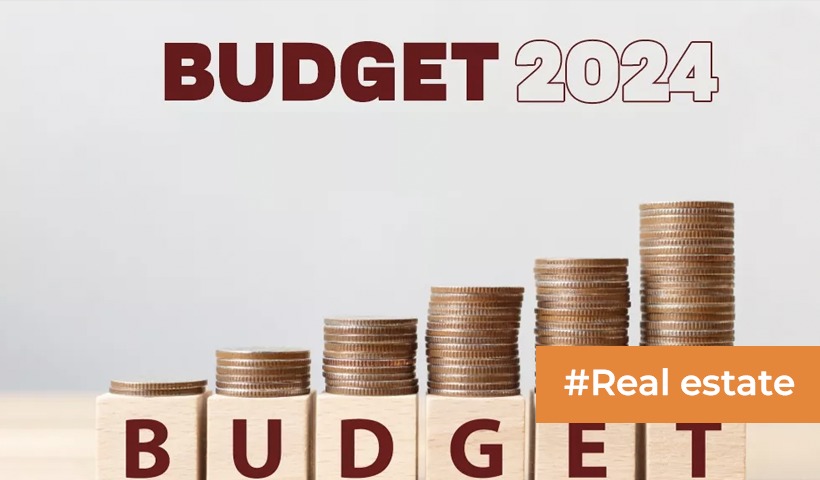Everything You Should Know About The Energy Conservation Building Code
To fulfil the increased need for energy-efficient building design and construction, the Ministry of Power’s Bureau of Energy Efficiency (BEE) established the Energy Conservation Building Code (ECBC) in May 2007. Here’s a rundown of everything you need to know about the clause.
Economic importance of ECBC and the function of BEE
By 2030, India is estimated to have built almost two-thirds of its current structures. To that aim, the government faces a difficult job in meeting the constantly increasing demand for energy. The Bureau of Energy Efficiency (BEE) has developed ECBC – a technique to attain the greatest levels of energy efficiency – for all commercial buildings that want to conserve energy simultaneously dealing with climatic change.
“ECBC will lessen the loading difficulties, and hence the power usage in residential and commercial buildings,” says Harish Wadhwa, Proprietor, Wadhwa Associates. The maximum load is accounted for by the use of air conditioners in commercial buildings. Their maintenance costs alone range between Rs 25 and Rs 31 per square foot. The ECBC standards will pave the path for significant reductions in power use. As a consequence, builders will profit the most because their reliance on third-party DG services would be greatly reduced.”
Why is ECBC required in commercial buildings?
Given India’s expanding population and increased migration to urban areas, there has been an unprecedented increase in demand for housing and commercial structures. This has also contributed to an increase in energy usage, particularly in metropolitan areas. According to the 2011 census, around 37.7 percent of India’s total population, or 121 crore people, reside in urban areas. This points at the necessity for commercial buildings and the massive amount of energy required to power these structures. According to statistics, the residential and commercial sectors contribute for around 33% of total energy consumption in India, with the former accounting for 24% and the latter accounting for 9%.
The ECBC develops design standards for commercial buildings’ building envelope, lighting system, HVAC system, electrical system, and water heating and pumping systems.
Why do residential structures need ECBC?
In December 2018, the Ministry of Power (MoP) introduced the Eco Niwas Samhita 2018 – The Energy Conservation Building Code for residential structures (ECBC-R) (ECBC-R). ECBC-R strives to ensure energy efficiency in residential structures. According to analysts, the use of ECBC-R is expected to save around 125 billion units of power by 2030.
How does the Energy Performance Index work?
To determine if a building is power efficient, the Energy Performance Index (EPI) is calculated by dividing the total energy consumption in a year by the total built-up area in kWh/sq m/year. This procedure also aids in the acquisition of the building approval certificate.
According to the ECBC regulations (2018), it is the obligation of the national, state, and municipal governments covered by ECBC compliance to establish building bylaws. To implement ECBC at the local level, state-elected bodies collaborate with the state government. The process of building clearance and adherence begins with the submission of paperwork throughout the design and construction phases. It concludes by validating the building’s structure. The Energy Advisory Board must be appointed by real estate developers or building owners to engage with and oversee the building’s compliance with ECBC standards.
Disclaimer: The views expressed above are for informational purposes only based on industry reports and related news stories. PropertyPistol does not guarantee the accuracy, completeness, or reliability of the information and shall not be held responsible for any action taken based on the published information.




